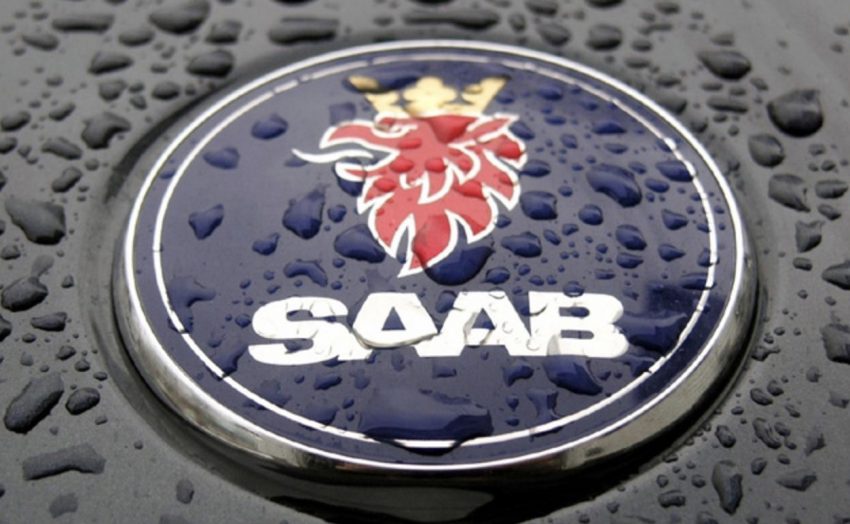It seems like every major automaker these days is using tricks like variable-valve timing – often in conjunction with forced induction – to eke better efficiency out of their engines while still delivering the sort of power and torque outputs demanded by customers. Even more cutting-edge, Koenigsegg’s sister company, FreeValve, is working on a camless engine technology that uses pneumatic actuators – rather than metal cam lobes – to open the valves in the engine, giving engineers precise and infinitely-variable control over timing, duration, and lift.
And of course, earlier in the month, a General Motors patent was uncovered that described a new type of high-compression twin-charged engine, which would use the Atkinson cycle to avoid detonation, with the intake valve staying open partway into the compression stroke to lower the effective compression ratio, even while the nominal compression ratio is something like 11:1 to 16:1.
This is all well and good, of course, but an experimental Saab engine from around the year 2001 was brilliantly daring in its pursuit of greater efficiency and commendable output in a way that none of these technologies quite manages. It was called the “SVC” – or “Saab Variable Compression” – engine.
Variable Compression Ratio
Saab’s variable-compression engine was a supercharged, 1.6-liter inline-five capable of up to 225 horsepower and 225 lb-ft of torque, along with claimed fuel savings of up to 30 percent relative to a comparable normally-aspirated engine. Its secret was a two-part engine block that was hinged on one side, with a hydraulic actuator that could pivot the upper portion of the block by a small number of degrees, moving the combustion chambers closer to or farther from the tops of the pistons at top-dead-center. The result was a compression ratio that could vary from 8:1 to 14:1 automatically.
At part-load, the engine would operate at the higher end of the compression range for maximum fuel economy. At high-load, the compression ratio would drop to allow the supercharger to kick in without risking knock.
So impressive was Saab’s Variable-Compression engine concept that it won AutoZine‘s “Best Technology of the Year” award in 2001, as well as Popular Science‘s 2001 “Best of What’s New” award in the category of automotive technology. Unfortunately, Saab Automobile became a wholly-owned subsidiary of General Motors in the year 2000, and the parent corporation promptly terminated the SVC program for cost reasons.
Nissan’s Answer
It’s worth noting that Japanese automaker Nissan has developed its own solution to the riddle of how to vary the compression ratio of an internal combustion engine, called the “Infiniti VC-T” – or “Variable-Compression Turbo” – engine. Unlike Saab’s concept, this engine uses a more traditional, one-piece engine block, instead varying the compression ratio by employing a set of piston multi-links that can adjust the height of each piston relative to the cylinder head. Also unlike the Saab concept, the Infiniti VC-T is actually slated to enter production, and is expected to reach the market some time next year.
Still, we prefer Saab’s variable-compression ratio engine design, partly because it seems simpler and more elegant, and partly because the idea of a hinged, two-part engine block is just so deliciously zany. Someday, perhaps, we’ll see something like it on the road.
(Source: SaabPlanet.com)















Comments
“Saab’s variable-compression engine was a supercharged, 1.6-liter inline-five capable of up to 225 horsepower and 225 lb-ft of torque, along with claimed fuel savings of up to 30 percent relative to a comparable normally-aspirated engine.”
But here’s the thing, a lot of engines are no longer N/A engines, they usually replace more efficient turbo-charged engines which is the case with Nissan…
Nissan themselves states “The 2.0VC-T offers 27 percent better fuel economy than Nissan’s 3.5-liter V6, at roughly the same HP and torque”…Again, that’s N/A, not their 2.0T (non-VC) which gets better fuel economy than the N/A 3.5L…
But the VC-T actually has a turbo.
“and the parent corporation promptly terminated the SVC program for cost reasons”
Also, a variable compression engine should be able to (with the appropriate control system) become fuel type independent. It could run efficiently on anything that burns, diesel, gasoline, alcohol, natural gas, hydrogen… I bet the oil companies wouldn’t like that to be a reality…
GM could have used SAAB to develop and test new technologies. They were good at coming up with new stuff, and in case it would have been a failure there would not have been THAT many cars to recall.
The Engine can work for the new car, but you use the variable compression with the essayhave to know about the history. It has the worth nothing with the engine oil from the old version. Use the different technologies for the compression.
Quite helpful content. I want to avail your service and share some content about Crazy Variable. Please guide about the procedure and also about course outlet. The https://artscolumbia.org/category/ophelia-essays/ has some outstanding artwork. You can grab good content.